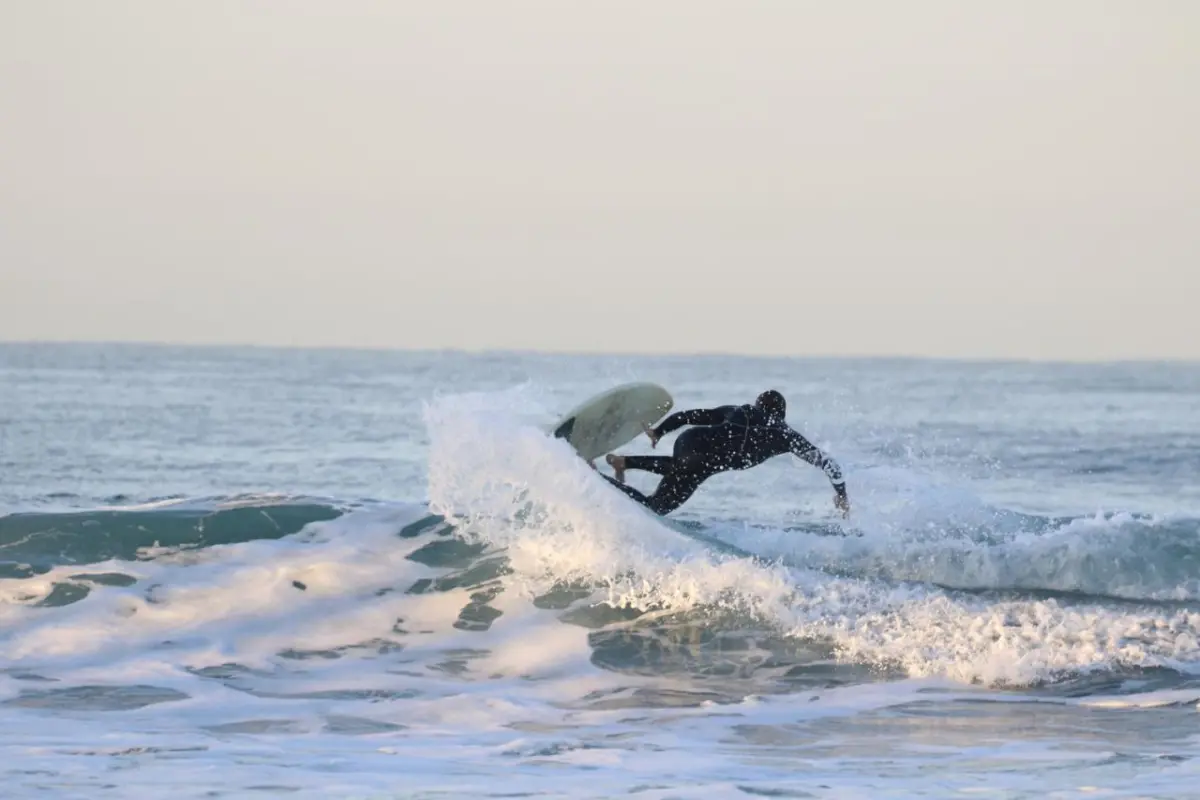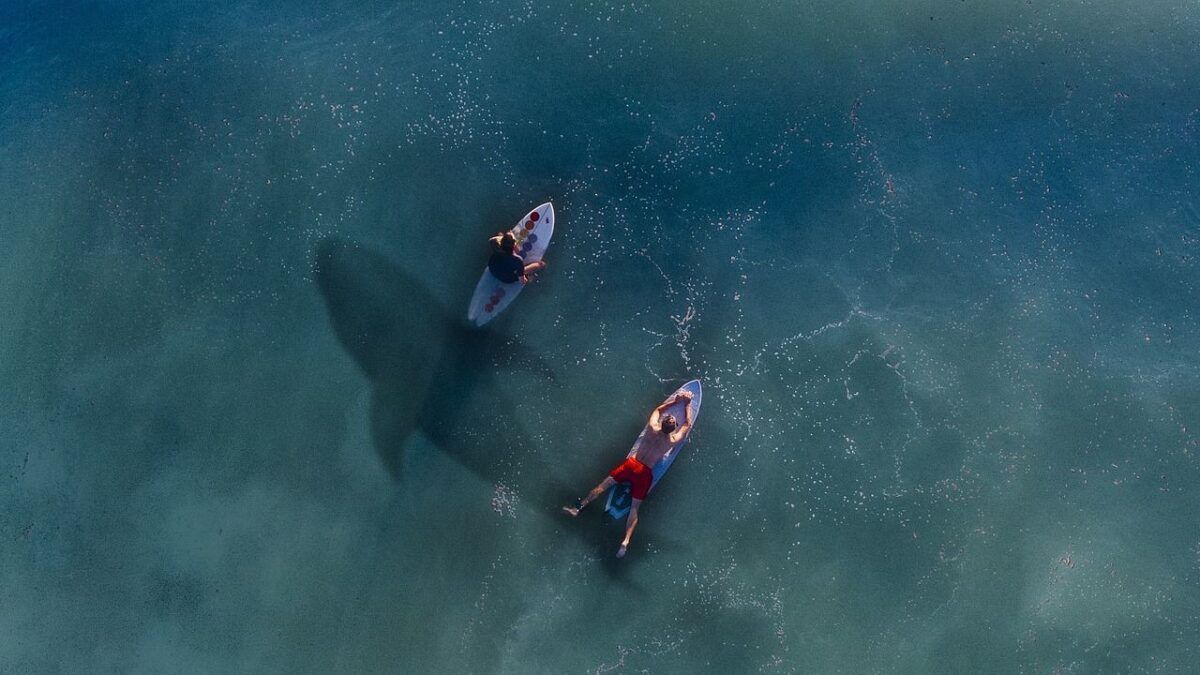Off the coast of Long Island, drones are now sweeping over the ocean, keeping a watchful eye for any potential danger lurking below the surface. This heightened surveillance comes in response to a recent spate of shark encounters that has put beachgoers on high alert.
Over a span of just two days this week, five people reported being bitten by sharks at some of New York’s most popular beaches, prompting authorities to take action.
One particularly alarming incident occurred when a 10-foot shark was spotted on Thursday, leading officials to close the waters at Robert Moses State Park. This same beach had already delayed its opening on the Fourth of July after a drone identified a group of 50 sand sharks in the area.
George Gorman, the state’s park director in Long Island, expressed the increased vigilance, stating, “We are now more vigilant than ever. We have drones in the sky that watch over the waters. We have lifeguards on WaveRunners that watch over the waters.”
In previous years, encounters with sharks were a rarity on Long Island’s beaches. However, recent reports have shown a surge in the number of shark bites. Last year alone, eight people reported being bitten by sharks while swimming in the shallows. “This year, we’ve already had five bites,” noted Gorman, highlighting the concern surrounding the rise in shark sightings and encounters.
To aid in surveillance efforts, lifeguard supervisor Cary Epstein utilizes drones at Jones Beach. These battery-powered aircraft conduct three sweeps each day, before opening, midday, and at the end of the day. Epstein emphasized the vital role drones play in providing an additional vantage point that lifeguards on the beach cannot access.
Governor Kathy Hochul recognized the importance of beach safety and announced the addition of 10 drones to the state’s squadron just two months ago, bringing the total to 18. This move aimed to enhance monitoring of shark activity along Long Island beaches. “With New Yorkers and visitors alike preparing to enjoy our beautiful Long Island beaches all summer long, their safety is our top priority,” stated Hochul in May.
Interestingly, the increase in shark sightings may actually indicate a healthier marine ecosystem. Experts suggest that cleaner waters allow the smaller fish that sharks feed on to thrive, ultimately leading to an abundance of prey near shorelines. Consequently, more sharks are drawn closer to shore, resulting in an uptick in sightings and occasional encounters.
While the recent shark encounters have caused some nervousness among beachgoers, it is important to recognize the coexistence between humans and marine creatures. “People swim in the ocean every day, and they have for centuries,” highlighted Epstein. “But we do have to remember that we are cohabitating, and this is their house.”
The utilization of drones and enhanced surveillance measures serve as proactive steps to ensure beach safety and minimize the risks associated with shark encounters. As authorities continue to monitor the situation, ongoing efforts will focus on maintaining a balance between humans and the thriving marine ecosystem off the coast of Long Island.














